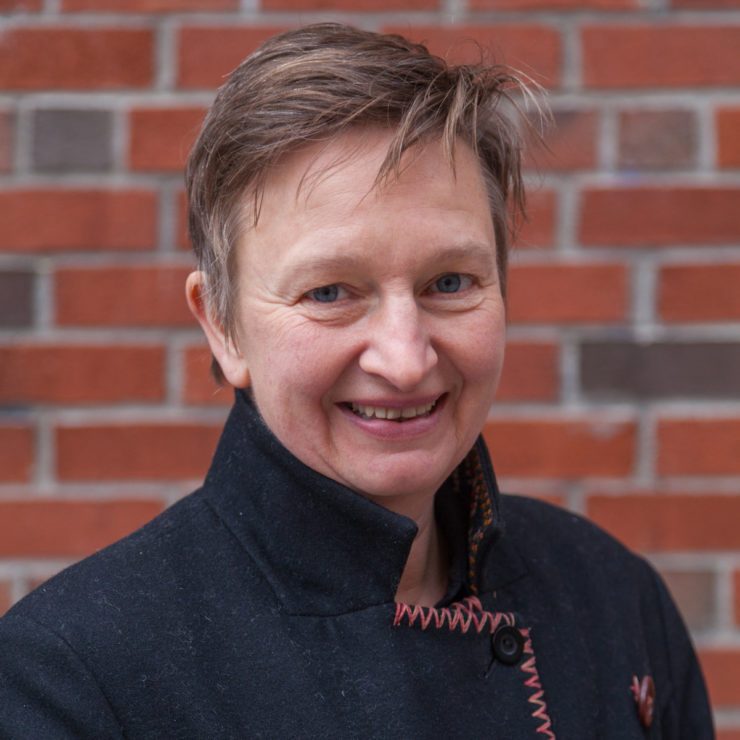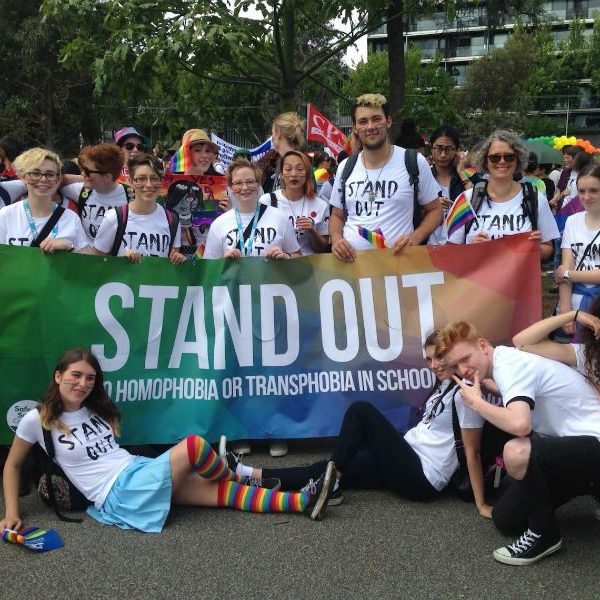
These statistics paint a picture of millions of children across the world who may be put at risk.
More than half of organisations surveyed worldwide either do not have adequate measures in place to protect lesbian, gay, bisexual, transgender and intersex children from harm, or their staff are unaware if such measures exist, according to new research by international child safeguarding network Keeping Children Safe (KCS).
One-hundred and fifty organisations were surveyed on their institutional readiness to safeguard LGBTI* children in line with their obligations under the United Nations Convention on the Rights of the Child and the International Child Safeguarding Standards, which apply to all children under the age of 18, regardless of sexual orientation or gender identity.
Safeguarding these vulnerable children is especially critical because despite progress on LGBTI rights over the last 25 years, LGBTI children around the world still suffer significant levels of discrimination and abuse. LGBTI* children report higher levels of sexual abuse than their heterosexual counterparts, they are disproportionally represented in the foster care system and 9 out of 10 LGBTI students experience some form of mistreatment or bullying in school. Too often, these children are put at risk by inadequate or non-existent safeguarding measures in the organisations that are supposed to serve them.
The results of the research were published today by KCS, in a joint working paper for international non-governmental organisations (INGOs) with Dreilinden gGmbH and SOS Children’s Villages International: “Let me be me!” Better care for LGBTI children. The paper highlighted the legal human rights context for LGBTI children and includes good practice from organisations and interviews with LGBTI* care leavers.
Ise Bosch, CEO of Dreilinden, stressed the need “to identify promising practice, reflect bad practice, to consider the theory and the legal contexts, but most of all to find ways how live up to human rights requirements and professional care standards in this laggard field of work.”
According to the survey responses, 60% of child safeguarding policies do not explicitly refer to the commitment to preventing harm to LGBTI children, and 63% of recruitment procedures do not assess prospective employees’ attitudes towards safeguarding them. Thirty-eight per cent stated that lack of capacity played a part in preventing LGBTI children from being adequately safeguarded, and 53% of respondents feel that their system for monitoring and reviewing safeguarding measures does not take into account the needs of LGBTI children.
All organisations have the responsibility to protect children and that includes LGBTI children,” said Sarah Blakemore, KCS’s director. “But these statistics paint a picture of millions of children across the world who may be put at risk by inadequate or non-existent safeguarding measures in the organisations that are supposed to serve them.”
One statistic that stands out is that 43% of organisations believe that a lack of training or guidance is a significant barrier to safeguarding LGBTI children. With more widespread awareness and pressure on organisations from donors, this is something that can be changed.
When organisations were asked if they would be interested in support and guidance on safeguarding LGBTI* children, almost all respondents (91%) indicated that they would.




